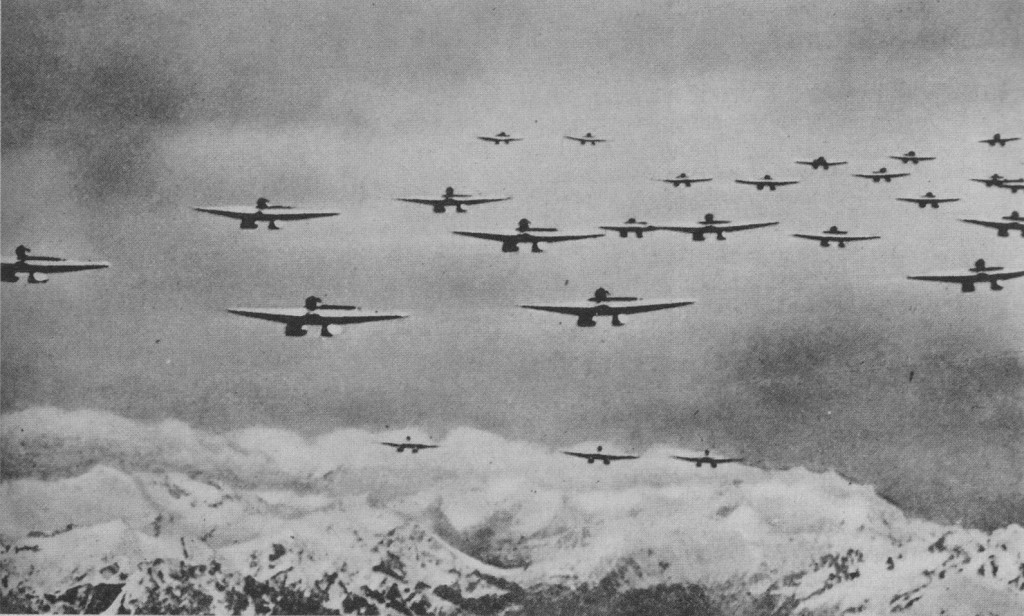The joy of six
I’m very pleased to announce that the Journal of British Studies has accepted my article, ‘The phantom airship panic of 1913: imagining aerial warfare in Britain before the Great War’, for publication. This is exciting for a number of reasons. Naturally, one reason is because it’s another peer-reviewed article (number six, by my count). That’s […]



